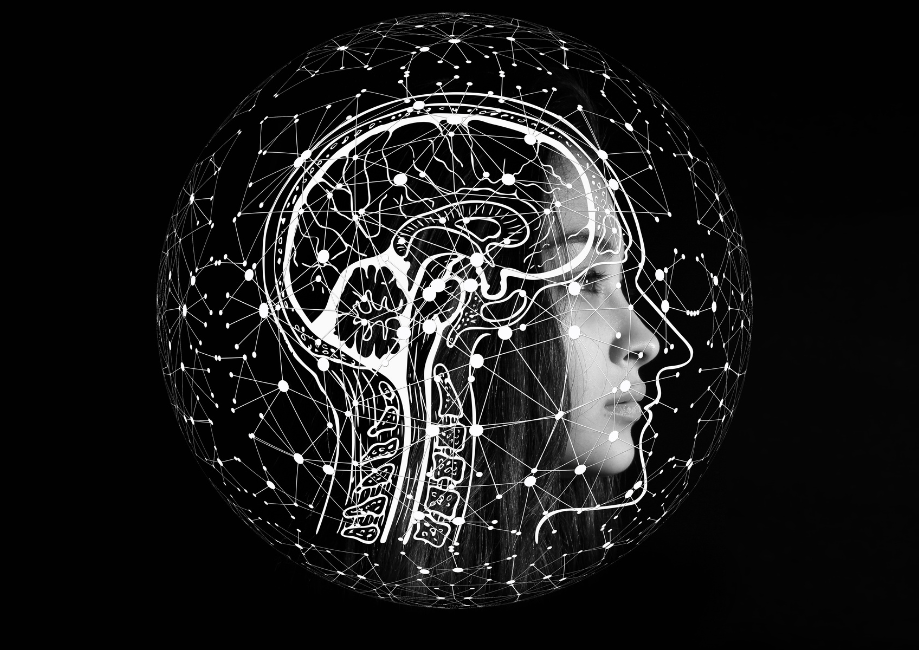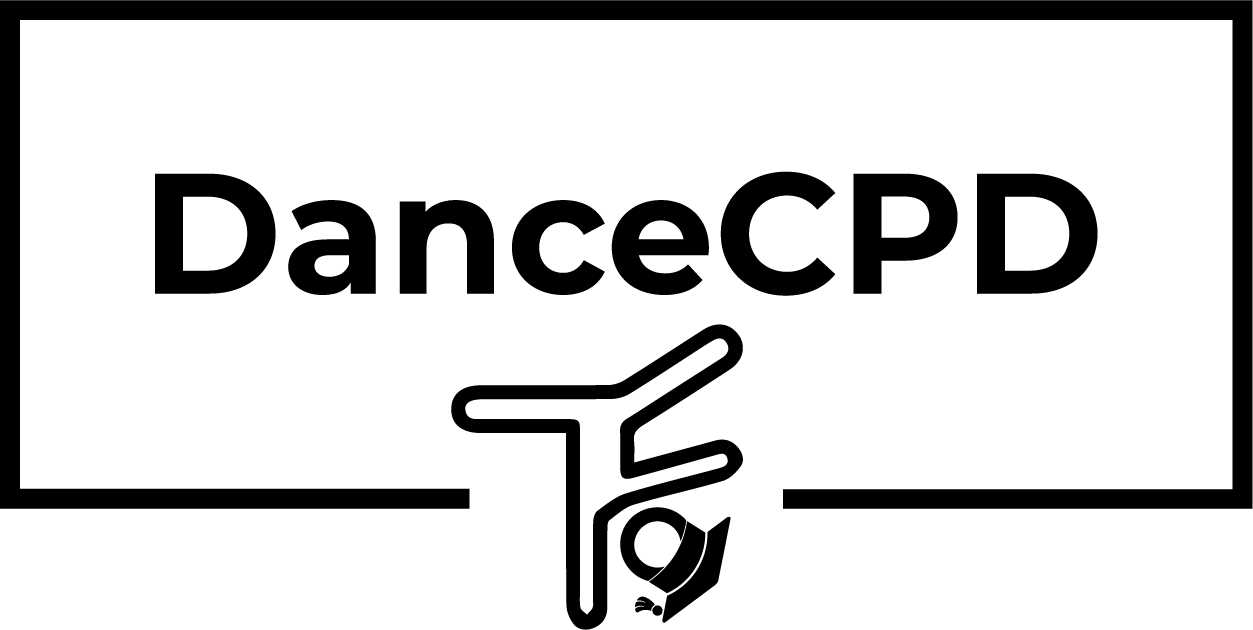Cognitivism in Dance Teaching

We often treat dance as purely physical: “Do it again, follow the lead, don’t think!”
But what if the thinking is the very thing that helps the moving? When your students not only copy but process, remember, and make sense of movement, that’s where real learning happens.
This is the heart of cognitivism — a group of learning theories focused not on what we see externally, but on what’s going on inside the mind as dancers learn. And for us, as dance teachers, it’s a powerful lens for understanding how to teach more effectively.
What is Cognitivism?
Cognitivist theories arose from a dissatisfaction with traditional behaviourist approaches. They are based on the principle that learning takes place in the mind of the student, rather than simply through repeated behaviours. If you read last week’s blog, this will sound familiar – constructivism is one of the most well-known cognitivist theories.
Cognitivism shifts our gaze from simply reacting to external input (like drills) to internal processing — how dancers perceive, organise, and remember movement. Unlike behaviourism, which centres on stimulus and response, cognitivism invites us to explore memory, sequencing, mental rehearsal, and how students link new steps to what they already know.
Why it matters in dance
It’s the night before a big performance, or even an exam. You lie in bed and mentally go through all the steps and corrections you have learnt, rehearsed, remembered. You are not actually moving (or you might just be moving your hands!) but somehow this thinking time is really helping.
Sound familiar? In dance, we see cognitivism at play every time a student…
- Remembers choreography from the previous week
- Mentally rehearses before a performance
- Connects a correction in one exercise to a new routine
- Spots patterns in movement or musical phrasing
It’s less about what the dancer does, and more about how the dancer thinks.
Cognitivism matters in the studio because dance learning is never just physical. Every step requires brainwork. By bringing awareness to cognitive processes, we can actively support them, which means:
- Better recall of choreography – no more blank faces mid-routine
- Deeper understanding of movement patterns – students see logic, not just shapes
- Improved problem-solving – they can work out corrections, not just wait for you to tell them
- Connections between new and old learning – building blocks that create long-term progress
This makes dancers not just better performers, but better learners overall.
How to use Cognitivism in your class
So, how do you take theories that are rooted in psychology and actually apply it in your studio? You are probably doing it already, you just didn’t know it was called cognitivism!
Here are six practical strategies you can start using straight away:
- Chunk the material
Our working memory can only hold so much at once. Teach choreography in small, digestible chunks before linking them together. Students will learn faster and retain more.
Example: Instead of teaching a full 32-count sequence, break it into four 8-counts. Master each, then connect them.
- Use imagery and visualisation
Imagery makes abstract movement concrete. Ask students to imagine “growing roots through their feet” in balances or “painting circles with their arms” in port de bras. These mental pictures help encode the movement in memory and refine technique.
Bonus tip: imagery also boosts artistry, so you’re ticking two boxes at once.
- Build mental rehearsal into class
Physical practice is vital, but mental rehearsal is powerful too. Ask dancers to close their eyes and run through a sequence in their head before performing it. This strengthens neural pathways, supporting both recall and confidence.
- Link to prior knowledge
Brains love connections. When teaching something new, link it to something students already know. “Remember how we used spotting in our pirouettes? Apply that to this turn.” This not only helps them understand the new step, it makes it stick.
- Scaffold with cues
At the start, give prompts — verbal, physical, or musical — to help dancers remember. Over time, reduce these supports. This gradual removal builds both independence and long-term recall.
Example: clap out the rhythm for a tricky section the first few times, then let them try without the cue.
- Encourage metacognition
Metacognition means “thinking about thinking.” Encourage students to reflect on their own learning processes: “Do you find it easier when you write counts down, or when you hear the music lots of times?” Helping dancers understand how they learn makes them independent, resilient learners.
Reflection for your next class
Think about your last lesson. Did you allow enough time for students to process what you were teaching, or did you rush from one section to the next? What difference might it make if you built in moments for imagery, silent rehearsal, or reflection?
Even small changes, like pausing for 30 seconds to let students “run it in their heads,” can transform how quickly they grasp and retain movement.
Key takeaway
Cognitivism in dance teaching reminds us that great dancing begins in the mind. By chunking material, using imagery, encouraging mental rehearsal, linking to prior knowledge, scaffolding recall, and promoting metacognition, we don’t just train bodies — we develop agile, self-aware thinkers.
As teachers, our role isn’t just to show the steps; it’s to help students make sense of them. When we do, we unlock not only stronger dancers, but more confident, capable learners who can carry those skills far beyond the studio.
Take it further
Try letting your dancers come up with their own imagery or story for a piece of choreography you are working on. Not only does this help them get the spirit of the movement, it develops their unique understanding and personal artistry. Win-win!
What’s next?
Next week, we’ll look at Humanist learning theories and see what happens when we plan our lessons around the whole-dancer, not just the steps.
In the meantime, if you want to chat with other dance teachers who care about pedagogy and purposeful teaching, come join the Facebook group:
Dance Teachers: Raising the Barre
Keep up to date with what’s going on and further news:
